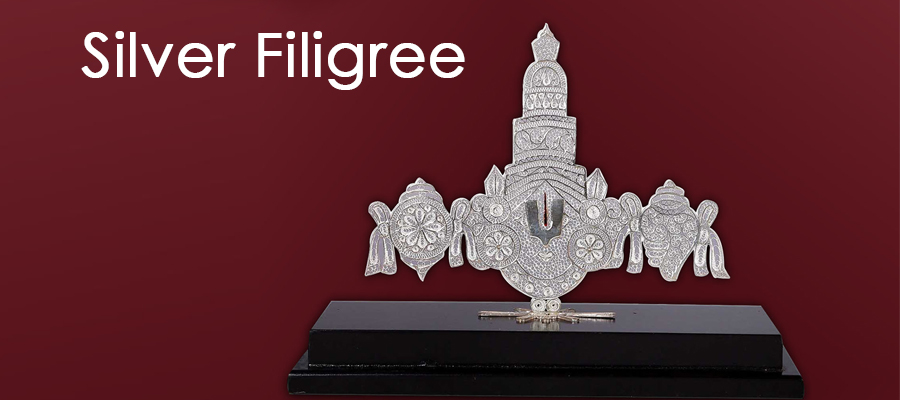
Filigree, known earlier as filigrann or filigrene is defined as a delicately made jewellery metalwork. Its origin is traced back to the Italian and French form of metalwork from 17th century to 19th century. The word filigree in English, is derived from the Latin term "filum" meaning thread and "granum" meaning grain that implies a small bead. In India, many regions boast of craftsmen who deal with delicate metal alloy and decoration works that has been passed from several generations. Here’s one such exquisite and attractive art work, called Silver Filigree, which is also commonly known as ‘vendi teega pani’ in Telugu.
Karimnagar region in the state of Telangana is home to many skilled artisans who practise this form of delicate craftsmanship called Silver filigree. The artisans of Karimnagar are known for their fine mastery which involves twisting the delicate silver wire into certain flexible and delicate loops. These are further knitted in the form of zigzag pattern leading to a lace like appearance.
The silver employed in the art is extracted by means of a series of smaller holes to create fine strings of silver threads. This string is considered the special element of filigree jewellery. The artisans are quite skilled in creating a wide range of articles using Silver Filigree like Spoons, cigarette cases, jewellery, buttons boxes, ashtrays, pill boxes, paan dans as well as perfume containers. They also create certain really special designs involving Peacock, that has been made with finesse, reflecting the outstanding workmanship of the artisans. The artefact is a tribute to their great skill.

